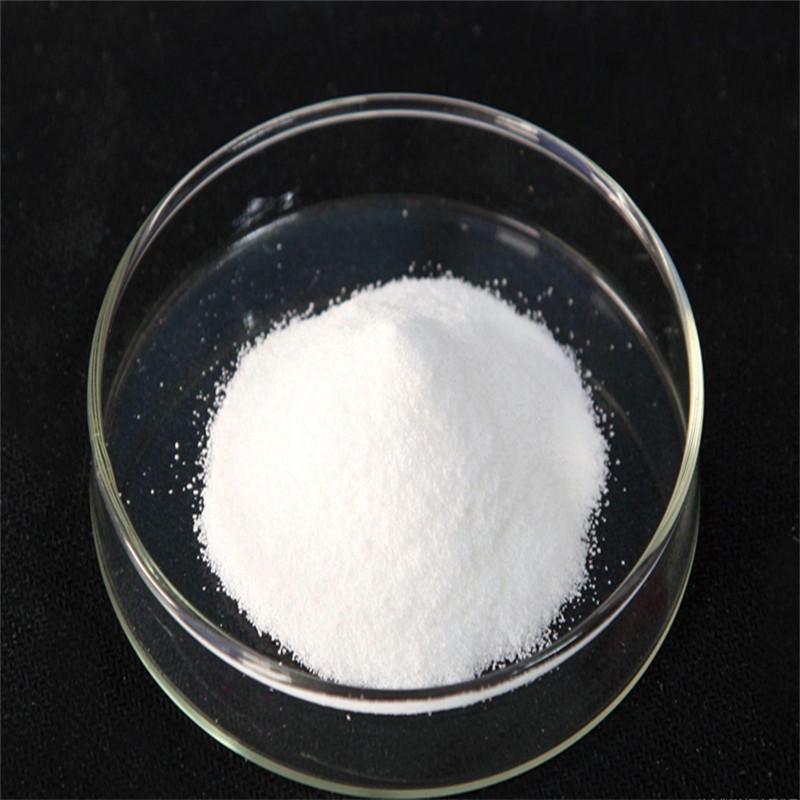Winter is cold, and the nights are long. The pastures are dry and the forage grass has low nutritional value. As a result, sheep lose more body heat, which increases their energy requirements. During this time, most ewes are in their pregnancy period, and they are entering their first wintering phase. Their nutritional needs are high, and improper management can lead to health issues, even death. Therefore, it's crucial to focus on several key areas to ensure the well-being of the flock.
First, prepare the sheep shelter properly. The barn should face south to maximize sunlight exposure, ensure good ventilation, and maintain dry and clean conditions. It should have strong insulation to keep the animals warm. Before winter begins, check for any leaks or drafts and repair them promptly. Cover doors and vents with straw or cotton curtains to prevent cold winds from entering.
Second, manage grazing effectively. Even during snowy weather, sheep should be allowed to graze daily. In early winter, there are still plenty of dry leaves and some hardy plants growing, so it’s important to make the most of this time. Let the sheep graze longer in the morning and return earlier in the evening. Choose grazing areas that are sunny, elevated, and have good water access. Prioritize sunny slopes over shady ones, and start from the bottom of the field before moving up. This helps the sheep move less and eat more efficiently. Always let them go against the wind first, then downwind, to help them gradually adapt to the cold. Separate different types of sheep—breeding ewes, lambs, and thin sheep should graze on better-quality pastures. Avoid letting them eat muddy, frosted, or wet grass.
Third, provide timely supplemental feeding. Withered grass alone may not meet the nutritional needs of sheep in winter and spring. A combination of grazing and feeding is recommended. For small flocks, feed hay using baskets or hanging nets. For larger groups, use straw bales tied at a height that the sheep can easily reach. Feed about 0.5 to 1.0 kg of hay per adult sheep daily. For concentrates, mix ingredients like corn flour, rice bran, and soybean meal, providing 0.2 to 0.3 kg per day. Add salt, vitamins, and minerals to their diet. Include green vegetables like carrots for lambs, rams, and pregnant ewes to support their health.
Fourth, ensure access to clean, warm water. Sheep need regular drinking water, especially when grazing on dry vegetation. Provide water twice a day—once around 2 p.m. and again in the evening. The water should be warm, ideally around 25°C, and avoid cold or icy water, which can cause digestive issues.
Lastly, monitor for signs of miscarriage. Most ewes are pregnant during winter, so careful handling is essential. Avoid overexerting them during grazing, keep movements slow, and prevent them from jumping into ravines, climbing steep hills, or walking on icy paths. Avoid startling the flock and control the grazing pace to prevent stress. Keep the sheep in a calm, stable environment to reduce the risk of abortion.
Adipic Acid
Adipic acid is mainly used in producing nylon fiber and engineering plastics, and polyurethane in quantity. Most of parts are used to produce PU, liquid for sole, polyurethane foam, etc. A small number of them are used for high quality lubricating oil.
High quality ester of adipic acid can be used as PVC and its copolymer, plasticizer of natural synthetic rubber. A large number of adipic acid ester is used to produce food packaging, thin film and PVC for insulation.
Adipic acid is also used for sour agent of food and drink. It is not easy to deliquesce, so it is used in dry food, and can be kept in a long time.

Adipic Acid 124-04-9,Adipic Acid,Adipic Acid Raw Material,99.7%Min Adipic Acid,Fine Adipic Acid
Shandong Tiancheng Chemical Co., Ltd. , https://www.tianchengchemical.com
